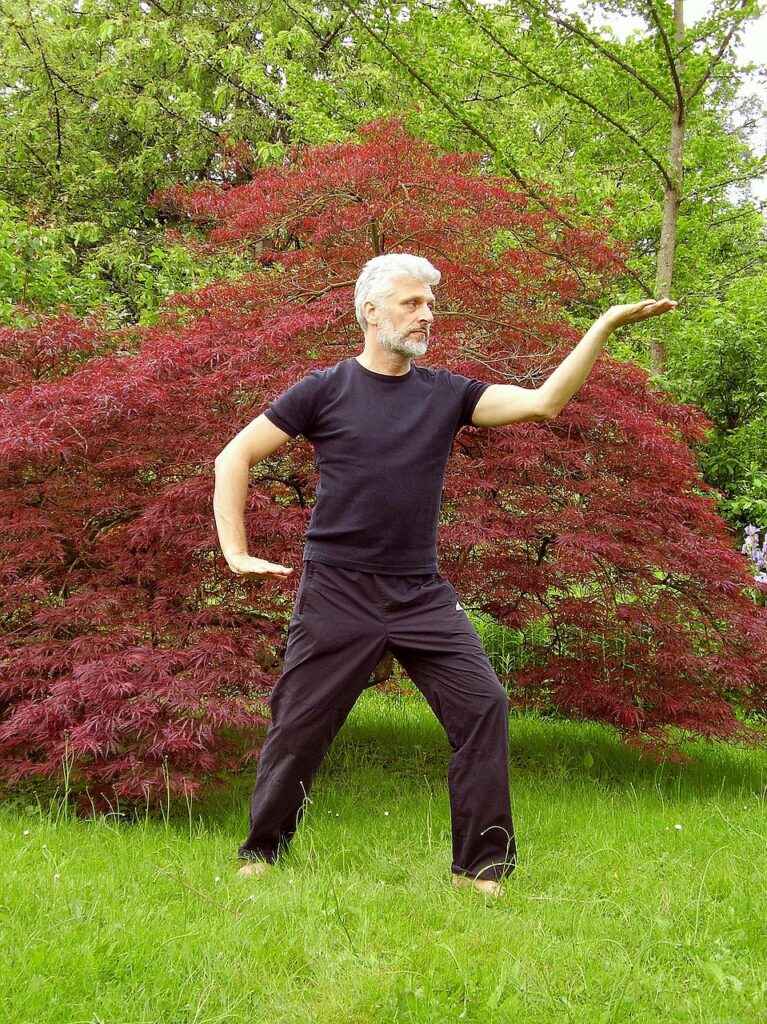Veterans frequently experience mental health issues, which is a severe problem that requires addressing. Exercise is one of the most effective strategies to treat the signs of depression, anxiety, and PTSD, according to research that has emerged in recent years. Exercise has also been demonstrated to have a substantial positive impact on mental health. The relationship between exercise and good mental health for Veterans will be thoroughly examined in this blog post, along with the advantages of exercise for the brain, how it lessens PTSD symptoms, how it enhances mood, and how it contributes to better sleep. A thorough list of safe exercises for Veterans with and without impairments will also be included in this post.
Veterans’ Mental Health Crisis
Veterans are more likely than the average population to experience mental health issues, according to studies. According to studies, 1 in 4 veterans suffer from PTSD, anxiety, or depressive symptoms, and every day, 22 veterans commit suicide. Veterans have a higher prevalence of mental health issues for a variety of complicated and multifaceted causes, including the strain of military duty, trauma exposure, and challenges reintegrating into society.
Exercise’s Positive Effects on Mental Health
Exercise can be a useful technique for reducing the symptoms of mental health issues, according to research, especially for veterans. Exercise has a beneficial effect on the brain and can trigger the release of chemicals like endorphins, which can elevate mood and lessen stress and pain-related feelings. Exercise can help cure PTSD by easing symptoms including intrusive thoughts and hyperarousal, according to studies. Exercise can also help with sleep quality, which is frequently disturbed in persons with mental health issues.
Veterans with and without disabilities can safely exercise. Veterans should select workouts that are safe for their unique needs and capabilities. The following exercises are suitable for both disabled and healthy veterans:
- Walking – For the majority of people, including those with impairments, walking is a low-impact activity that is safe. It is adaptable to the individual’s level of fitness and can be done either inside or outside.
- Swimming – Swimming is a low-impact activity that is safe for those with impairments and is easy on the joints. It is a total-body exercise that can enhance endurance and cardiovascular health.
- Yoga – Yoga is a low-impact workout that can increase strength, flexibility, and balance. It is safe for those with impairments because it may be modified to fit the individual’s ability.
- Strength Training: Strength training can benefit people with impairments by increasing their muscle strength and endurance. Starting with modest weights and progressively increasing the intensity is crucial.
- Tai Chi – Tai Chi is a gentle kind of exercise that can help with balance, flexibility, and mental well-being. It can be carried out indoors or outdoors and is risk-free for those with disabilities.
- Cycling is a low-impact activity that’s gentle on the joints and can help your heart. It can be tailored to the individual’s fitness level and performed either outside or on a stationary bike.
- Chair Exercises- For Veterans with impairments or restricted mobility, chair exercises are a safe option. These exercises entail performing seated marches, arm lifts, and leg extensions while seated.
- Water Aerobics – Safe for those with impairments, water aerobics is a low-impact exercise that is easy on the joints. It entails performing aerobic exercises in the water, which can enhance cardiovascular endurance.
- Pilates – Pilates is a low-impact workout that helps enhance balance, flexibility, and strength in the midsection. It is safe for those with impairments because it may be modified to fit the individual’s ability.
- Resistance Band Exercises – Using a resistance band is a safe technique to increase muscular tone and strength. They can be adjusted to the individual’s fitness level and performed while sitting or standing.
- Dancing-Dancing is a fun method to exercise and can help with balance, flexibility, and cardiovascular health. It can be done alone or in a group and can be modified to fit the individual’s ability.
- Hiking is a low-impact workout that can be done outside and is a wonderful way to exercise while taking in nature. It can be done alone or with a group and can be modified to fit the individual’s ability.
- Wheelchair Exercises – There are certain workouts for Veterans who use wheelchairs that can assist increase strength and flexibility. Along with chair-based aerobic activities, these exercises may include upper body training using weights or resistance bands.
Sports that have been adjusted to accommodate the needs of those with impairments are referred to as adaptive sports. Wheelchair tennis, adaptive cycling, and wheelchair basketball are a few examples. Veterans with impairments can keep active and involved by taking part in adaptive sports.
Exercise has several advantages for mental health, and it can help Veterans who are coping with PTSD, anxiety, or depressive symptoms. Veterans can enhance their physical well-being, lessen stress, and boost their mood by exercising safely. Veterans with and without impairments who want to include exercise in their daily routine will benefit from the list of safe exercises offered in this post. Veterans can enhance their general health and well-being by making minor changes to include exercise in their daily life.

